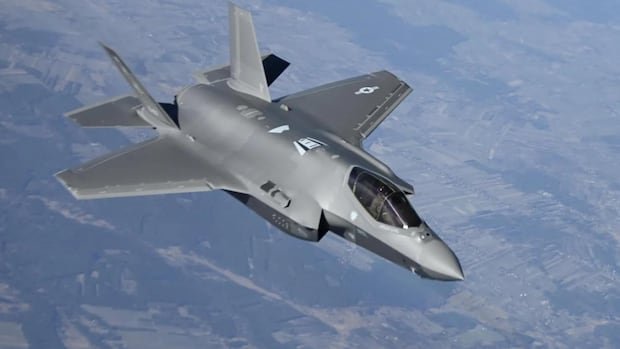Defence Minister David McGuinty is showing signs of frustration regarding the ongoing review of Canada’s procurement of F-35 fighter jets from the United States. During a recent press briefing, he expressed his weariness with the topic and stated that there is nothing new to report at this time.
McGuinty has been repeatedly questioned about the politically sensitive review, which was initially set to be completed by the end of summer. The scrutiny stems from the government’s self-imposed deadline and the high-profile nature of the F-35 purchase as a focal point for criticism of the Trump administration.
While government officials have downplayed the political motivations behind the review, the public nature of the process has drawn attention and criticism. The Trump administration’s reaction, as conveyed by U.S. Ambassador Pete Hoekstra, further underscores the political implications of the review.
The decision to diversify military procurement away from American suppliers, championed by Prime Minister Mark Carney, has added complexity to the situation. As the review unfolds, it becomes evident that the F-35 purchase is just one part of a series of significant acquisitions from the U.S., including artillery systems, surveillance planes, and tactical vehicles for special forces.
Despite warnings from military leaders about the political ramifications of these purchases, the government faces challenges in managing public perception and potential fallout from altering procurement plans. The need for equipment interoperability with American systems adds another layer of complexity to the situation.
As Canada navigates these delicate diplomatic and procurement decisions, the public understanding of the necessity for military modernization and strategic planning will be crucial. Balancing national interests, political considerations, and public opinion will be key to successfully managing the evolving landscape of Canadian-U.S. defense relations.


